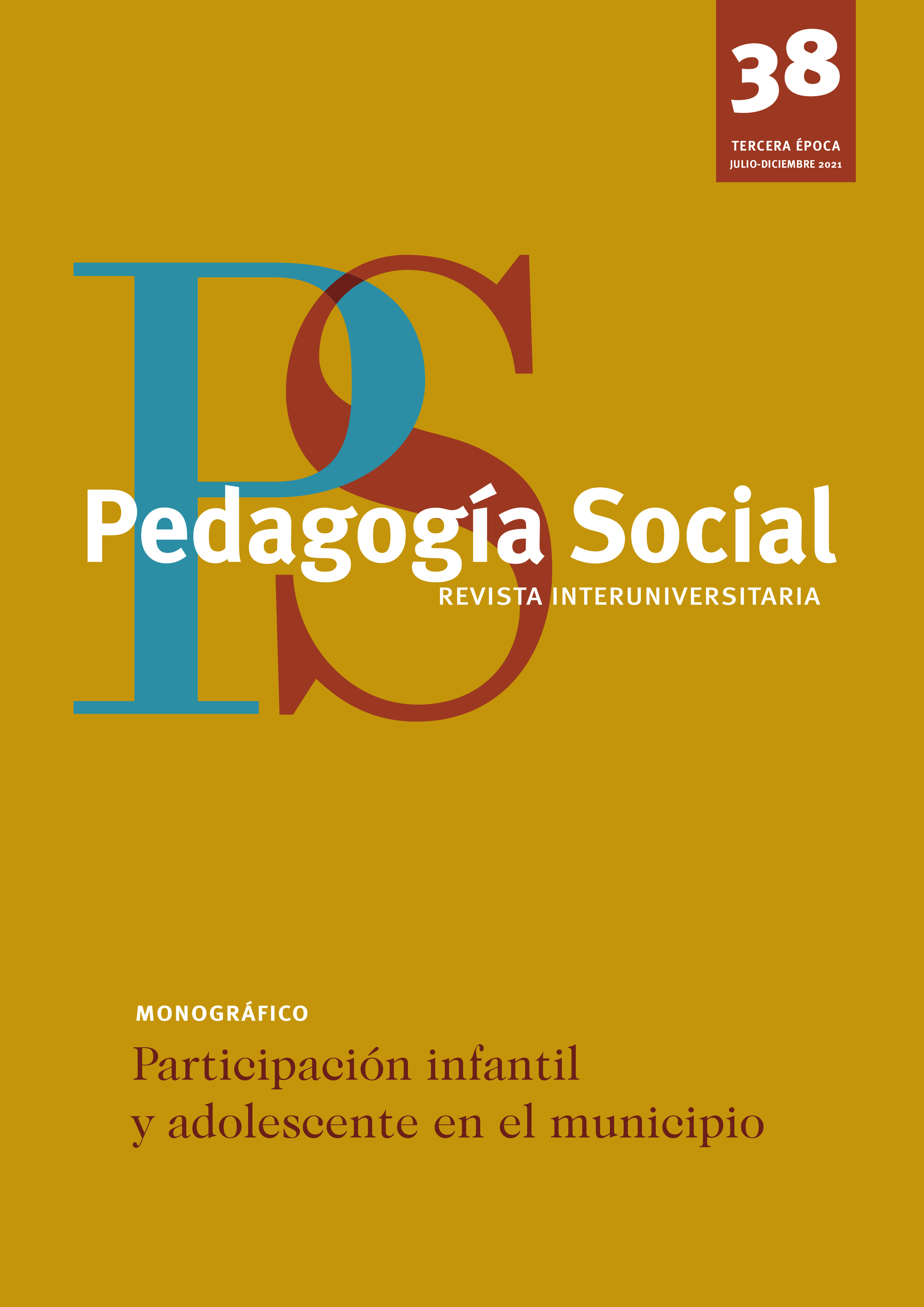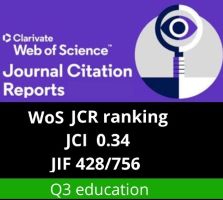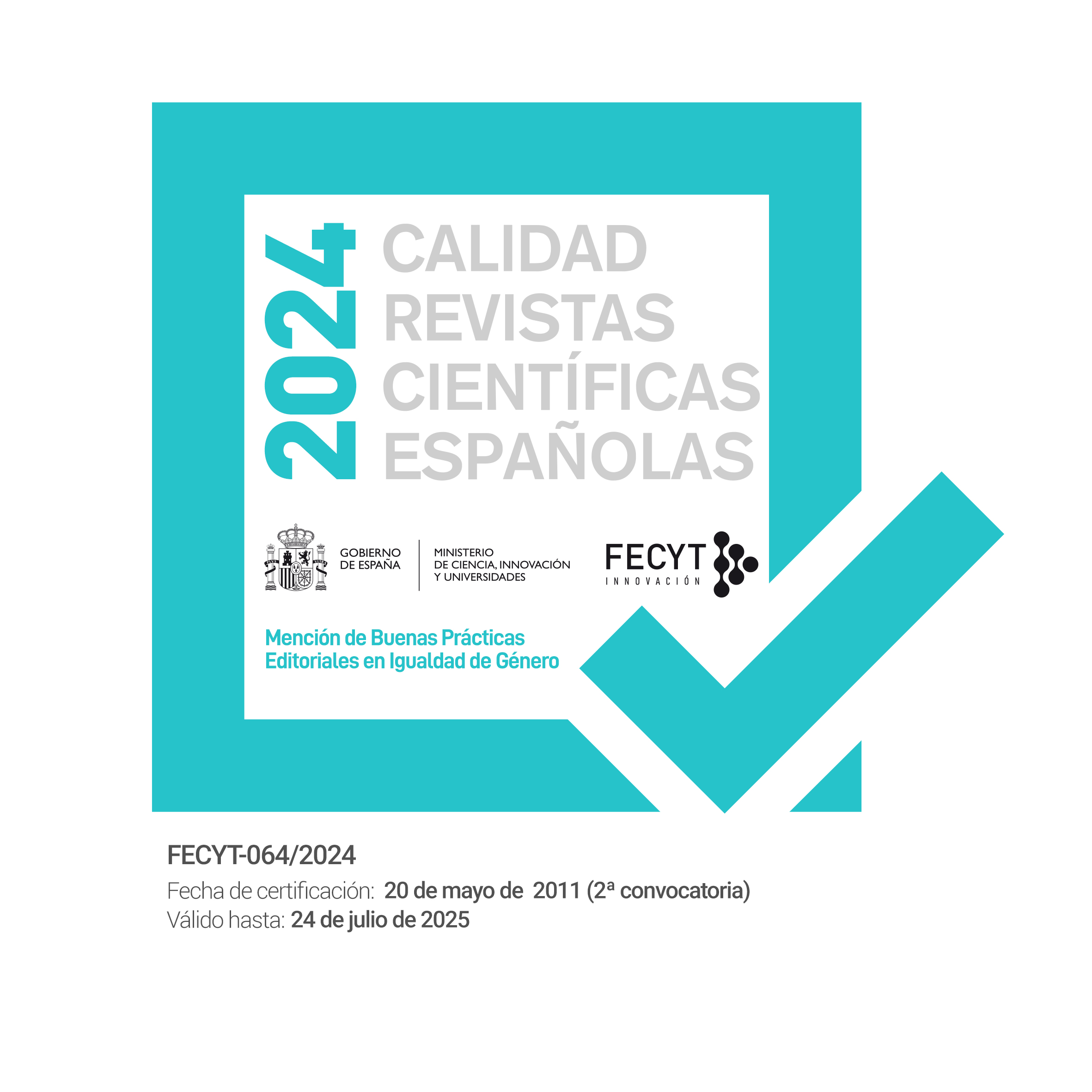Intervención educativa en centros de justicia juvenil. Una aproximación a sus discursos y prácticas
DOI:
https://doi.org/10.7179/PSRI_2021.38.12Palabras clave:
Educación Social; Justicia Juvenil; Centros de Menores; Intervención educativa; Estigma.Resumen
En el presente artículo se presenta un estudio sobre el modelo educativo de los Centros de Justicia Juvenil en España, realizado entre los años 2017 y 2018 a partir de los resultados previos obtenidos en el marco de una investigación anterior más amplia sobre la profesionalización de los educadores sociales. El trabajo se centra en el análisis de las categorías conceptuales y las medidas educativas que se realizan en centros de internamiento para jóvenes. Los elementos metodológicos principales fueron, por un lado, el análisis de los documentos de producción oficial (protocolos y manuales de intervención) y, por otro, técnicas de carácter etnográfico como la observación directa en los centros y las entrevistas en profundidad a los educadores. Los resultados obtenidos muestran que la conceptualización de la categoría “menor infractor” viene acompañada de una serie de atributos desfavorables –inscritos en el campo científico, jurídico, político y mediático– que construyen una cierta imagen estereotipada de los jóvenes. Estos esquemas de percepción orientan un modelo de intervención que pone el acento en las supuestas deficiencias del sujeto. Las conclusiones refirieron que dichas “marcas” funcionan, tanto en los programas como en la práctica, a modo de “etiquetas” que dificultan la posibilidad de orientar una acción educativa abierta a nuevos recorridos sociales para estos jóvenes.
Descargas
Descargas
Publicado
Cómo citar
Número
Sección
Licencia
Derechos de autor 2021 Pedagogía Social. Revista Interuniversitaria

Esta obra está bajo una licencia internacional Creative Commons Atribución-NoComercial-CompartirIgual 4.0.
Derechos de reproducción y archivo
La versión publicada de los artículos podrá ser autoarchivada por sus autores en repositorios institucionales y temáticos de acceso abierto. No obstante la reutilización total o parcial de los mismos en nuevos trabajos o publicaciones deberá ser autorizada por Pedagogía Social. Revista Interuniversitaria.
Los trabajos publicados deberán ser citados incluyendo el título de la Revista, Pedagogía Social. Revista Interuniversitaria, nº, páginas y año de publicación.
Responsabilidades éticas
Pedagogía Social. Revista Interuniversitaria no acepta material publicado anteriormente en otros documentos. Los/as autores/as son responsables de obtener los permisos oportunos para reproducir parcialmente material de otras publicaciones y citar correctamente su procedencia. Estos permisos deben solicitarse tanto al autor/a como a la editorial que ha publicado dicho material.
Es obligación de Pedagogía Social. Revista Interuniversitaria detectar y denunciar prácticas fraudulentas.
En la lista de autores/as firmantes deben figurar únicamente aquellas personas que han contribuido intelectualmente al desarrollo del trabajo.
La revista espera que los/as autores/as declaren cualquier asociación comercial que pueda suponer un conflicto de intereses en conexión con el artículo remitido.
Los autores deben mencionar en el manuscrito, preferentemente en el apartado del método, que los procedimientos utilizados en los muestreos y controles han sido realizados tras la obtención de consentimiento informado.
La revista no utilizará ninguno de los trabajos recibidos con otro fin que no sea el de los objetivos descritos en estas normas.
Aviso de derechos de autor/a
© Pedagogía Social. Revista Interuniversitaria. Los originales publicados en las ediciones impresa y electrónica de esta Revista son propiedad del Pedagogía Social. Revista Interuniversitaria, siendo necesario citar la procedencia en cualquier reproducción parcial o total.
Salvo indicación contraria, todos los contenidos de la edición electrónica se distribuyen bajo una licencia de uso y distribución “Creative Commons Reconocimiento-No Comercial 3.0 España” (CC-by-nc). Puede consultar desde aquí la versión informativa y el texto legal de la licencia. Esta circunstancia ha de hacerse constar expresamente de esta forma cuando sea necesario.






